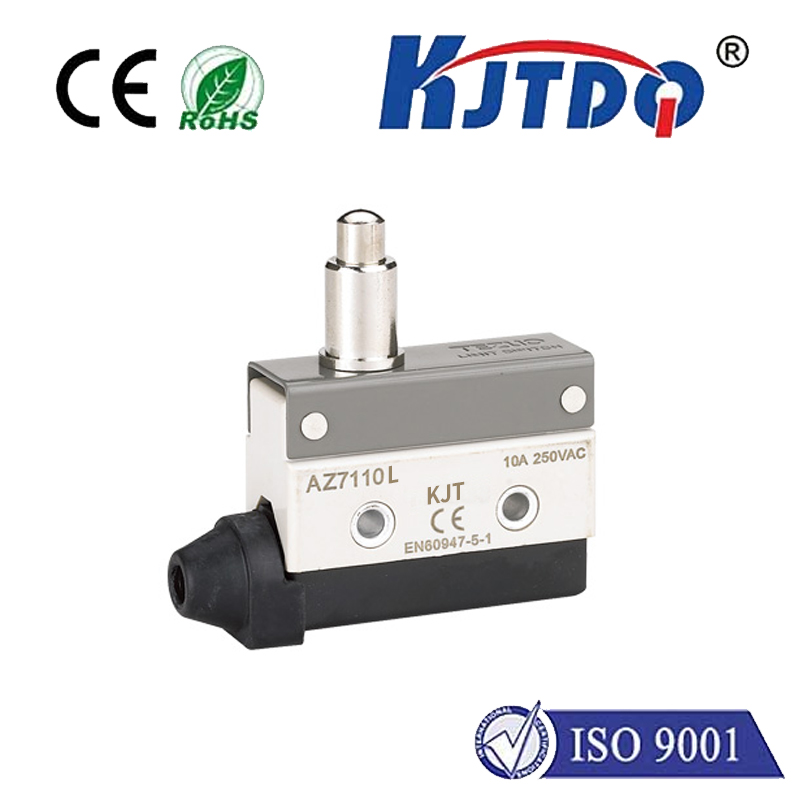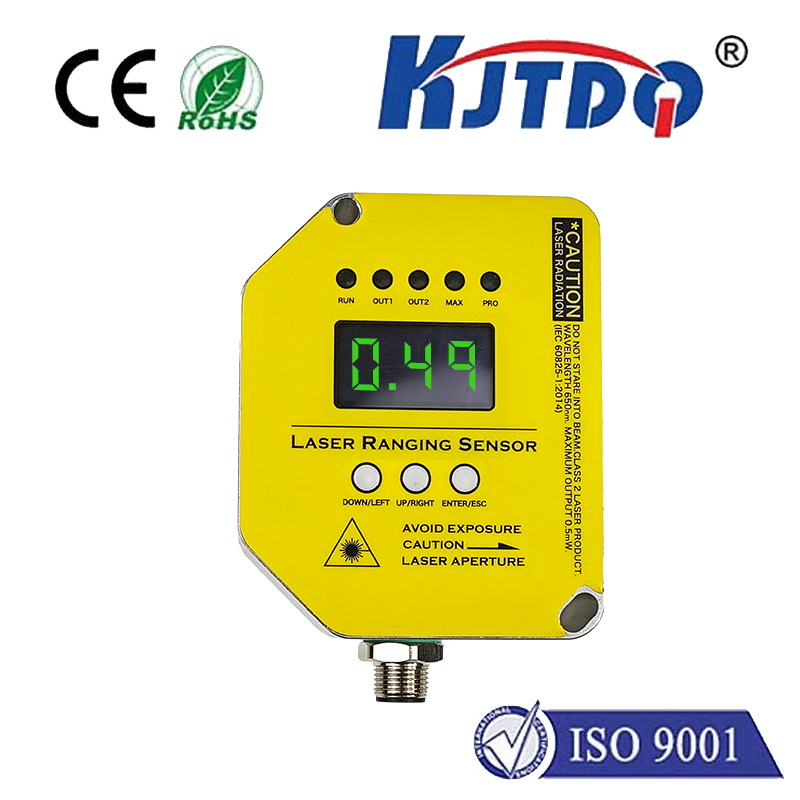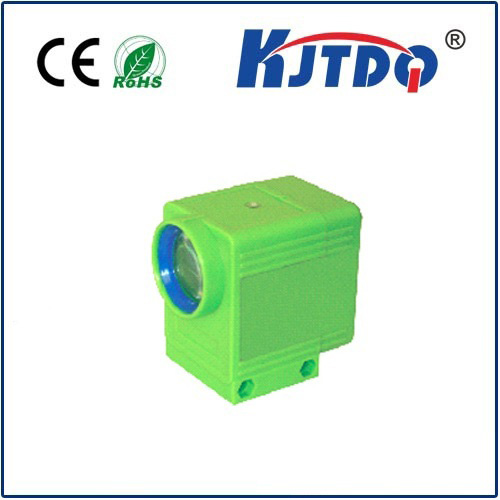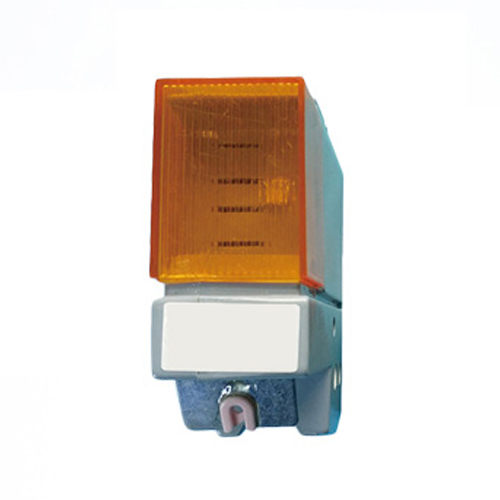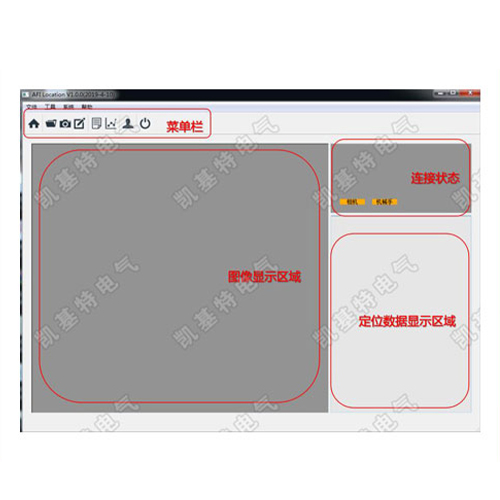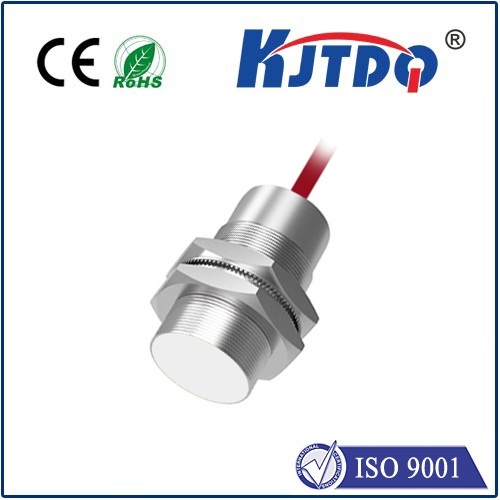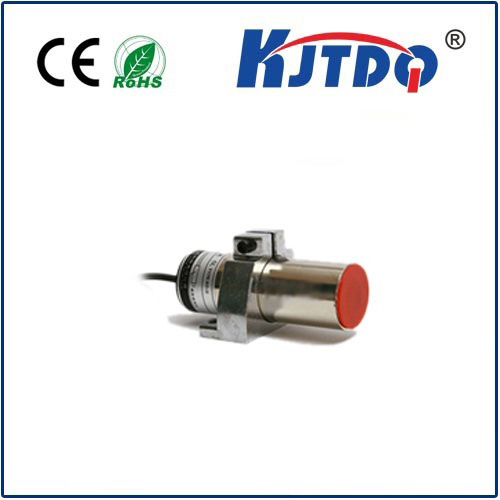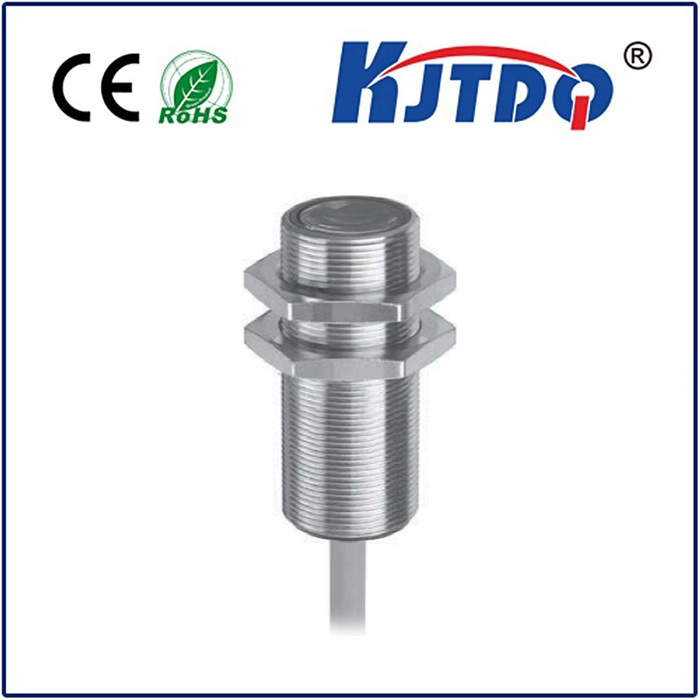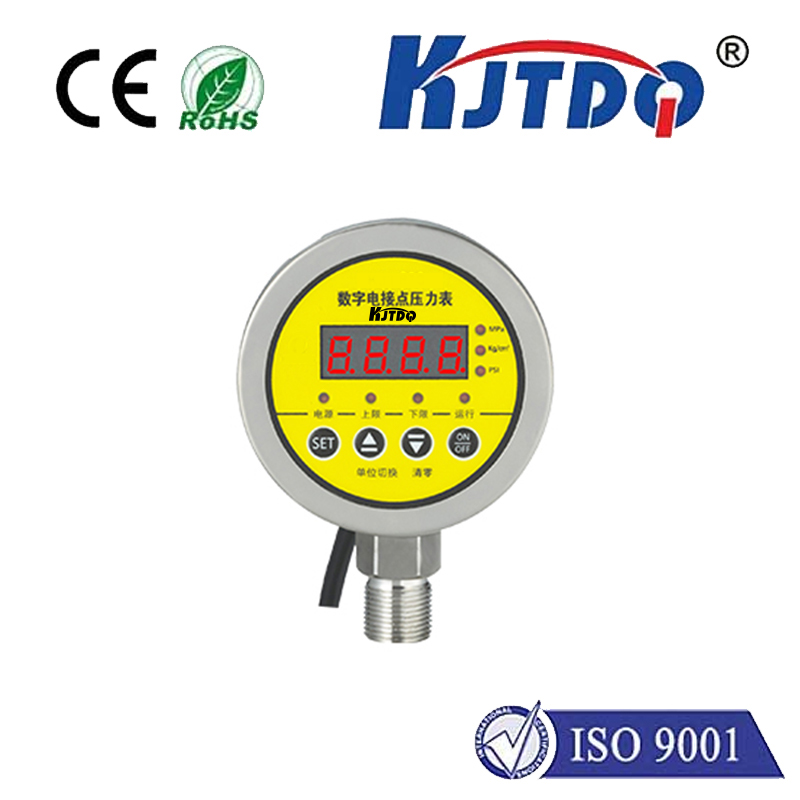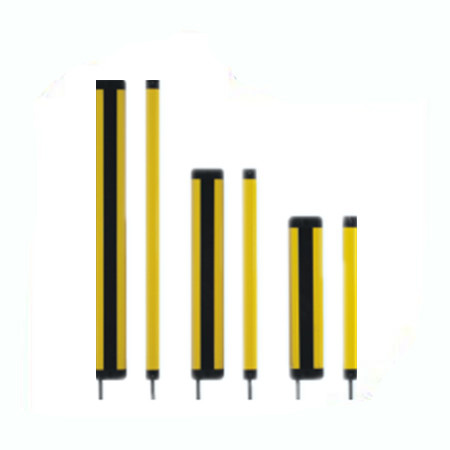e18 d80nk infrared proximity sensor
- time:2025-06-17 02:56:50
- Click:0
The Essential Guide to the E18-D80NK: Your Reliable Infrared Proximity Sensor Workhorse
Imagine a machine that needs to stop precisely before hitting an obstacle, a conveyor belt requiring object detection, or an automatic door sensing approach. At the heart of countless automation tasks lies a fundamental need: detecting the presence or absence of an object within a defined space. Enter the E18-D80NK infrared proximity sensor – a remarkably popular and versatile component renowned for its robust performance and straightforward application. This unassuming sensor plays a pivotal role in robotics, industrial automation, security systems, and countless DIY projects, providing a cost-effective and dependable solution for non-contact detection needs.
Unveiling the E18-D80NK: Function & Principle
The E18-D80NK belongs to the category of diffuse reflective infrared (IR) proximity sensors. Unlike through-beam sensors requiring separate emitter and receiver units on opposite sides, the E18-D80NK houses both the IR emitter (transmitter) and the IR receiver (detector) within a single, compact cylindrical housing.

Here’s the core working principle:
- Internal IR LED Emission: An infrared light-emitting diode (IR LED) inside the sensor continuously emits pulses of invisible infrared light.
- Reflection Detection: When an object enters the sensor’s defined detection range, this infrared light reflects off the object’s surface.
- Internal Reception & Processing: The reflected IR light is captured by the phototransistor receiver located next to the emitter within the same housing.
- Signal Output: The sensor’s internal circuitry processes the received signal strength. If the reflected signal exceeds a certain threshold (indicating an object is close enough), the sensor’s digital output pin changes state – typically from HIGH to LOW (or vice-versa depending on wiring) – signaling detection.
This ‘all-in-one’ design makes the E18-D80NK incredibly easy to install and integrate, eliminating the alignment hassles associated with separate emitter-receiver pairs. Its diffuse nature means it detects objects regardless of their specific reflective properties (though highly reflective or dark objects will affect range), relying solely on the bounce-back of its own emitted light.
Key Features and Specifications of the E18-D80NK IR Sensor
What makes the E18-D80NK stand out as a preferred choice? Let’s break down its defining characteristics:
- Infrared Proximity Detection: Core technology using IR light for non-contact sensing.
- Adjustable Detection Range: This is a significant feature. A potentiometer (adjustment screw) on the sensor body allows users to fine-tune the effective detection distance. While nominally rated for 3cm to 80cm (approx. 1.2 inches to 31.5 inches), the actual usable range is highly dependent on the object’s color, material, and surface texture. Light-colored, reflective objects are detected at the maximum range, while dark, matte objects require much closer proximity. Calibration during installation is key.
- Digital Output: Provides a simple HIGH/LOW signal (TTL compatible, typically sinking output), making it extremely easy to interface with microcontrollers (like Arduino, Raspberry Pi), PLCs, or other digital logic circuits using just one digital input pin.
- PNP Output Configuration (Common): Most E18-D80NK variants feature a PNP (sourcing) transistor output. This means the signal wire (often the brown wire) goes HIGH (provides Vcc) when no object is detected and goes LOW (connected to GND) when an object is detected. Crucially, always verify the wiring diagram specific to your sensor module.
- Embedded Signal Processing: Contains circuitry for modulation/demodulation and threshold comparison, minimizing false triggers from ambient light interference (like sunlight or room lighting) compared to basic IR sensor pairs.
- Robust Construction: Features an IP67-rated environmental protection enclosure. This signifies significant dust resistance and protection against water immersion for limited periods and depths, making it suitable for demanding industrial or outdoor environments.
- Compact and Easy Mounting: The cylindrical shape with mounting threads and nuts allows for straightforward installation onto panels or brackets.
- Operating Voltage: Typically operates within a wide DC 5V to 24V range, offering flexibility for various power supplies.
- Cost-Effectiveness: Offers excellent value for the performance and features provided.
Why Choose the E18-D80NK? Core Applications Shine
The combination of ruggedness, simplicity, and adjustable range makes the E18-D80NK infrared proximity sensor indispensable across diverse fields:
- Obstacle Avoidance & Collision Prevention: The quintessential application. Widely used in mobile robots, automated guided vehicles (AGVs), and drones to detect obstacles in their path, triggering avoidance maneuvers or emergency stops. Its reliability in varying light conditions is crucial here.
- Object Detection on Conveyors: Detecting the presence or absence of products, boxes, or components on assembly lines, conveyor belts, or sorting systems. Signals can trigger counters, gates, pushers, or quality control mechanisms.
- Liquid Level Sensing: Capable of detecting the presence of liquids within tanks or containers (especially transparent ones), acting as a simple high/low level switch alternative.
- Automatic Door and Gate Controls: Sensing the approach of a person or vehicle to initiate the opening sequence of automatic doors or gates.
- Security and Alarm Systems: Deployed as basic intrusion detectors, sensing when an object (or person) enters a protected zone or passes a specific point (e.g., counting people entering a restricted area).
- Positioning and End-Stop Detection: Verifying if a moving part (like a robotic arm or linear actuator) has reached its home or limit position.
- DIY Electronics and Maker Projects: Its ease of use (simple digital output) and wide operating voltage make it a favorite in Arduino, Raspberry Pi, and other hobbyist projects, enabling creative automation and sensing applications.
Advantages: Why It Remains So Popular
- Simplicity: The digital output and single-unit design make wiring and programming incredibly straightforward.
- Robustness: The IP67 rating ensures reliability in dusty, humid, or splash-prone industrial environments where fragile sensors would fail.
- Ambient Light Immunity: Modulated IR technology significantly reduces false triggers from ambient light sources compared to basic IR sensors.
- Adjustability: The potentiometer allows tailoring the detection range to the specific application and object type.
- Cost-Effective Reliability: Offers a compelling balance of performance, durability, and price, often outperforming more expensive options for standard proximity tasks.
Important Considerations and Limitations
While versatile, understanding its limitations ensures successful implementation:
- Range Dependency on Object Properties: This is the most critical factor. Dark, matte, or non-reflective objects drastically reduce the effective range. Light-colored, glossy objects maximize it. Always test and calibrate with the actual target objects.
- Not for Precise Distance Measurement: It provides a simple “object present/absent” signal within the set range. It does not output the exact distance to the object like ultrasonic or time-of-flight sensors. Think binary detection, not analog ranging.
- Environmental Factors: While resistant to dust and water, severe condensation, very thick dirt layers, or strong direct sunlight hitting the sensor face could potentially interfere with operation. IP67 is robust, but not invincible.
- Limited Detection Pattern: The detection cone is relatively narrow. Objects need to be reasonably aligned in front of the sensor within its field of view. Wide-area detection requires multiple sensors.
- Material Sensitivity: Certain materials (like black rubber) or very transparent objects (clear glass, some liquids) might be challenging to detect reliably.
Integrating the E18-D80NK: Practical Tips
- Refer to the Datasheet/Wiring Guide: Confirm the specific wiring colors (Brown/V+: Power Supply, Blue/V-: Ground, Black: Signal Output) and voltage range for your module. Do not assume wire color standards are universal.
- **Calibr












